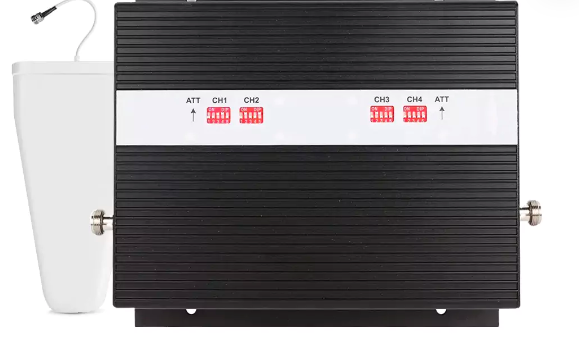In today’s world, staying connected is more important than ever. Whether you’re at home, in the office, or at the mall, a strong mobile signal is necessary for uninterrupted communication, streaming, and browsing. However, weak signals, especially in areas with poor network coverage, can be frustrating. This is where a 2300 MHz signal booster comes into play. In this comprehensive guide, we’ll explore everything you need to know about 2300 MHz signal boosters, their benefits, and how they can transform your mobile network experience.

